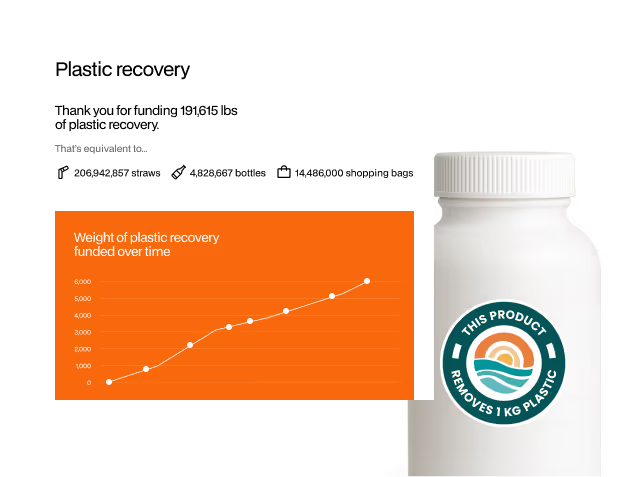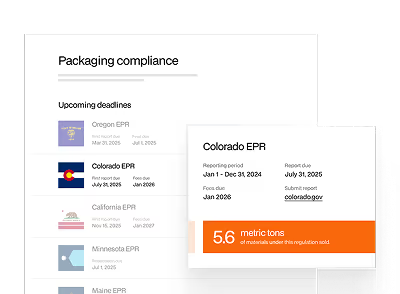Funding plastic recovery is a way for organizations to take action on plastic pollution, by preventing plastic waste leaking into the natural environment.
Supporting the collection and recovery of nature-bound plastic and providing new opportunities waste workers can form a valuable part of an ESG or corporate responsibility strategy due to the multiple, overlapping benefits on waste, people, and the environment. Of course, funding plastic waste recovery mustn’t displace plastic reduction efforts. Both are critical components of a comprehensive Plastic Action plan. Reduction strategies happening alongside recovery results in powerful action on plastic pollution – and any ‘plastic neutral’ or ‘net zero’ claims are more credible in this context.
Many organizations today are helping companies to access plastic recovery projects in ways that create genuine social and environmental change. But, as always, some programs are more robust, more impactful, and more responsible to the people and communities they are working with. Knowing what to look for will help you understand your options and find an ideal plastic partnership program for your business.
This article will lead you through four important pillars of a responsible plastic recovery program:
- Additionality of impact — nature-bound plastic would not have been recovered without your contribution.
- Full accountability – all steps to ensure that plastic recovery volumes are measurable, traceable, and verifiable will be fulfilled and available for audit.
- No landfill or incineration – projects will send plastic to the ‘best end destination’, and this will not include landfilling or incineration.
- Community collaboration – the program will be a community-based local solution and support marginalized community members.
1 - Additionality of impact

This must be impact that would – with a high degree of certainty – not have happened without your contribution.
Especially in light of concerns around the effectiveness of some carbon offsetting programs, the most fundamental aspect of a plastic program is that it has a positive impact on plastic waste.
This must be impact that would – with a high degree of certainty – not have happened without your contribution.
You want to be confident that you're responsible for creating real, ‘additional’ impact. For example, many urban areas have high rates of recovery for PET plastic bottles. They are recyclable, and likely to be collected by waste workers (formal or informal) for recycling. Collection in such regions does not create additionality. In these areas rePurpose Global focuses on multi-layer and flexible plastics where the baseline recycling rate is almost zero.
In other areas, including where rePurpose Global works in Ghana, our baseline studies show there is almost no PET plastic recovery. In these cases, rePurpose Global creates additionality by focusing on PET collection and recovery and supporting the development of PET infrastructure.
For any program to be considered responsible, it must have a focus on “additionality” — it should collect, recycle, and recover plastic waste that would not have been collected without the intervention. A plastic recovery program that doesn’t generate additional impact, but creates credit for businesses from plastic waste that would have been recovered anyway is not creating any impact. This is not just failing to benefit the environment, but undermining credibility of all plastic recovery programs.
Questions to ask:
- What types of plastic are being recovered by the program?
- What is the recycling rate for that particular plastic in the area?
2 - Full accountability: measurable, traceable, verifiable
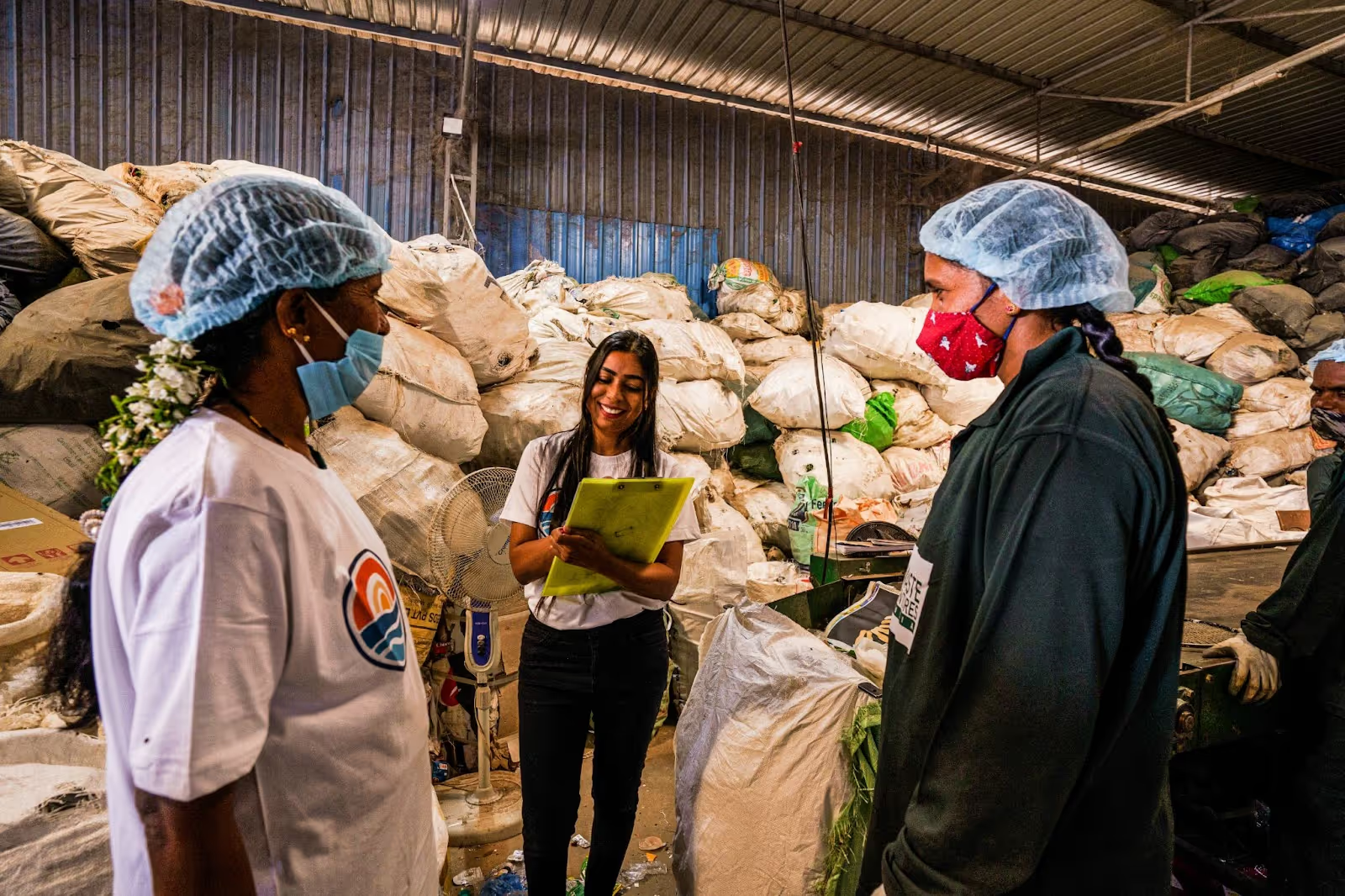
Having assured yourself that the impact you are creating will be helping the environment, you might want proof that the plastic recovery is happening, and at the rate it’s being reported.
A responsible plastic recovery partner will be able to talk you through the systems and provide chain-of-custody documentation that provides this proof.
Here’s how rePurpose Global’s plastic recovery programs fulfil these criteria:
Measurable: One of the (many) areas where plastic recovery differs from carbon sequestration is that plastic is tangible and easily measured. Kilograms of plastic are weighed and documented at all stages in the process, for example:
- after collection
- once segregated and bundled for recycling or co-processing
- once turned into post-consumer recyclate (PCR).
These records of ins and outs (e.g. weighbridge certificates) are maintained, audited internally, uploaded digitally, and made available for external review and audit.
Traceable and unique: Every kilogram of additional plastic recovered in our projects has a clear record of generation, ownership, and transfer from the time it is issued, and we generate a unique serial number to avoid any risk of double counting. Our robust chain-of-custody documentation ensures full transparency and visibility of the impact created.
Verifiable: All our projects are verified to a high level of assurance through internal and third-party verification processes. We conduct timely audits, spot checks, unannounced site visits, and encourage impact verification from third-party auditors. All of which ensures that impact creation happens to the highest standards of verifiability. For example, Project Hara Kal: rePurpose Global’s Impact Project in Kerala, India, has been audited and verified by Control Union — a Verra qualified Validation and Verification Body — and certified as an Ocean Bound Plastics Organization and Ocean Bound Plastics Neutralization Service Provider.
Questions to ask:
- What proof is there that the plastic waste we’re funding is being collected and recovered?
- Have there been any third-party audits or independent verification of the project?
3 - No landfill or incineration: best end-destinations
.avif)
Programs that allow plastic to be landfilled or incinerated are less-preferable choices. Incineration, for example, pollutes air quality and affects the health of people who live close to these sites. Landfills are also a sub-optimal choice: plastics could potentially remain in landfills for centuries, gradually breaking down into microplastics that pollute land and water.
The good news is that reducing plastic waste doesn’t have to lead to other forms of pollution or result in health risks. A responsible plastic recovery program closes the loop on plastic by sending plastic to the best possible ‘end-of-life’ destination. This means one that is most environmentally benign in the region of its collection.
At rePurpose Global, we recycle 100% of recyclable plastics that we collect from our projects. For example, we send all PET plastics to recycling facilities where the product is reprocessed into new products, and are offering our ethically-produced post-consumer recycled (PCR) plastic to support brands with more circular business models.
Unrecyclable multi-layered plastics (MLPs) like chip packets, single-use plastic bags, and candy wrappers are upcycled if possible. At our Project Sueño Azul Impact Project in Bogota, Colombia, low-value flexible plastics are upcycled and compressed to make eco-wood. This upcycled plastic wood replaces virgin materials to make benches, park utilities, and affordable housing units for informal waste worker communities. In cases where upcycling is not possible, collected plastic undergoes co-processing – a process that prevents plastic pollution whilst reducing demand for fossil fuels.
Questions to ask:
- Where does the plastic waste go once it’s been collected? Is that the best possible option?
4 - Community collaboration and socio-economic benefits

Responsible programs will recognize that the plastic pollution crisis is not happening in isolation, but has a profound impact on people. As well as increasing concerns about microplastics, all of us are – indirectly – affected by threats to marine wildlife and other ecosystems. At the same time, some communities suffer inequitably from the effects of plastic pollution – not least, informal waste workers and their families, who risk their health to make a living from waste collection and recycling.
At rePurpose Global, we work in partnership with community-based organizations to create and run our impact projects. Through these partnerships and the hard work of our impact team, we have developed a unique understanding of community challenges and circumstances around plastic waste. We have built on this to create new income streams for waste workers, and empower marginalized waste worker communities by ensuring safe working conditions at all project sites, giving fair and equal wages for all workers, ensuring opportunities for women, and facilitating the use of PPE kits.
Our Impact Code sets out protocols that improve the socio-economic conditions of waste worker communities, as well as protecting and enhancing environmental integrity of the area. For example, at our project Laut Yang Tenang in West Java, Indonesia in 2022 rePurpose Global provided facility staff with Personal Protective Equipment (PPE) such as helmets, safety shoes and gloves. We also invested in no child labor and no forced labor training, fire safety training, and first aid training.
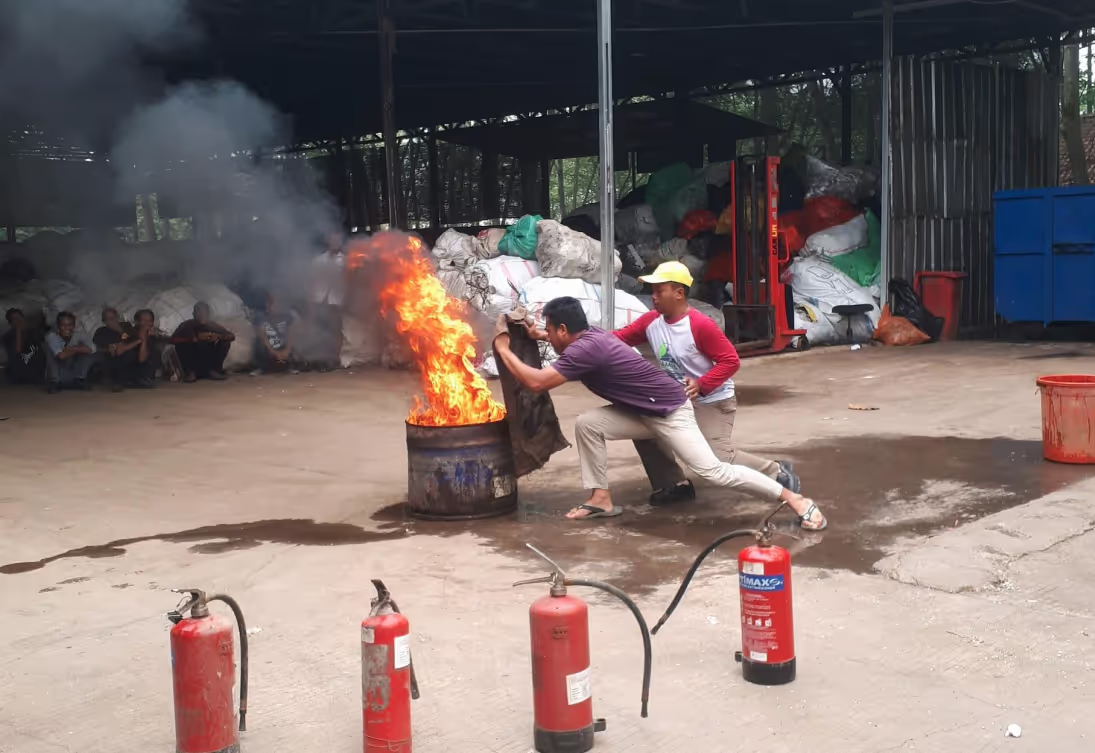
We have also worked with brand partners to attend our Plastic Reality Project - opportunities to visit project sites, see the projects in action, and meet the individuals involved on the front-lines of the fight against plastic waste.
Questions to ask:
- How does the program collaborate with and support communities?
- What codes and standards are in place to protect and empower waste workers and their communities?
Final thoughts
Knowing what to look for when choosing a plastic recovery program can help you to find the partner that fits best with your brand. There will undoubtedly be a long list of other factors you might wish to consider to assess a program’s fit with your work – if it creates immediate impact, institutes environmental safeguards, supports infrastructure for specific plastic polymers in your supply chain, promotes female empowerment etc. This article is not written as an exhaustive list, but as a guide to some of the key – and perhaps overlooked – features of a responsible plastic recovery program.
Your customers and other stakeholders increasingly expect your brand to take the lead on global issues. Responsible action on plastic waste can bring multiple benefits – beyond the obvious clean-up of plastic pollution. Hopefully this guide goes some way to helping you to consider the best choice for you, your brand, and the environment.
—

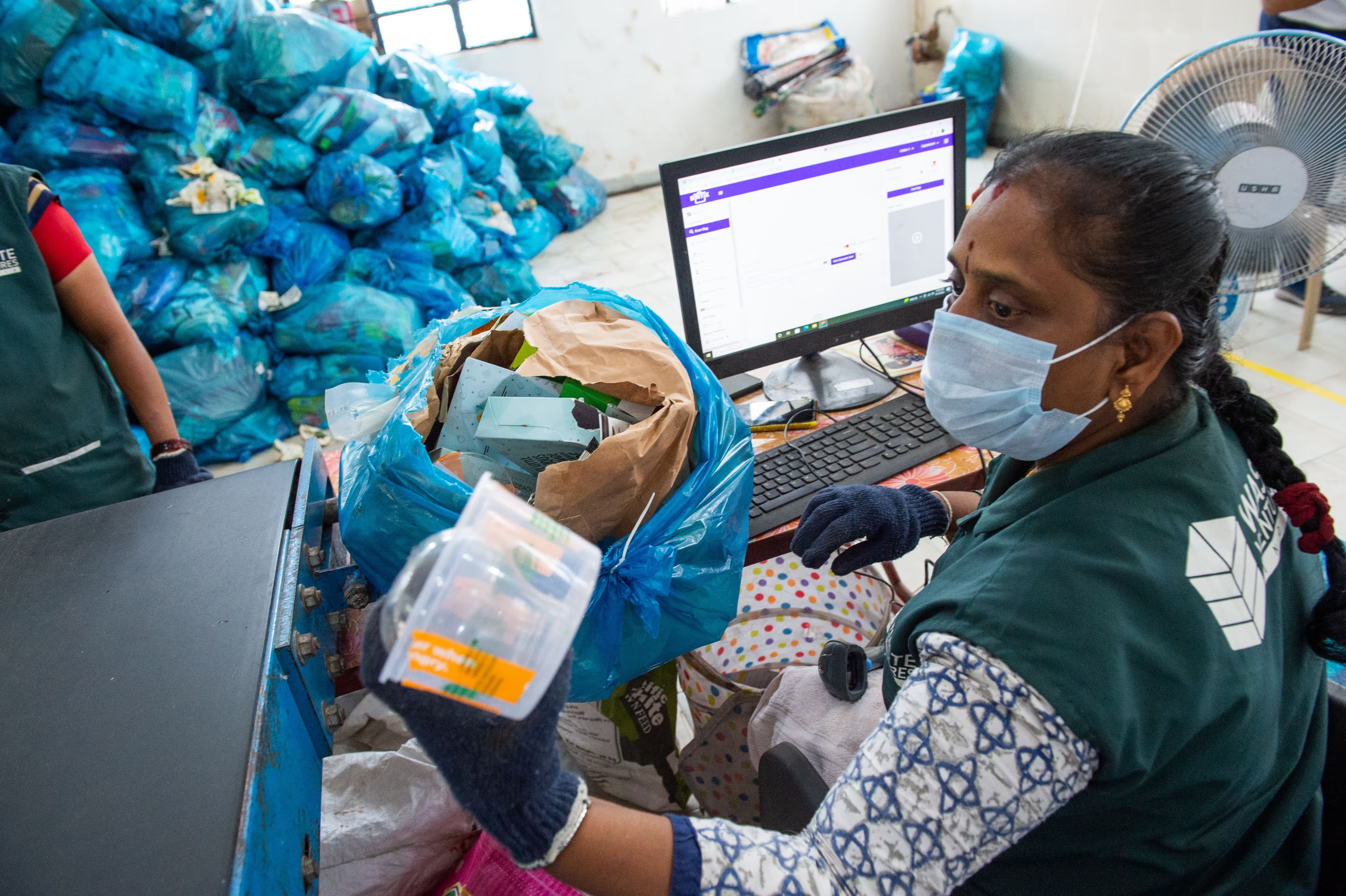
.png)
.avif)
.png)
.avif)




